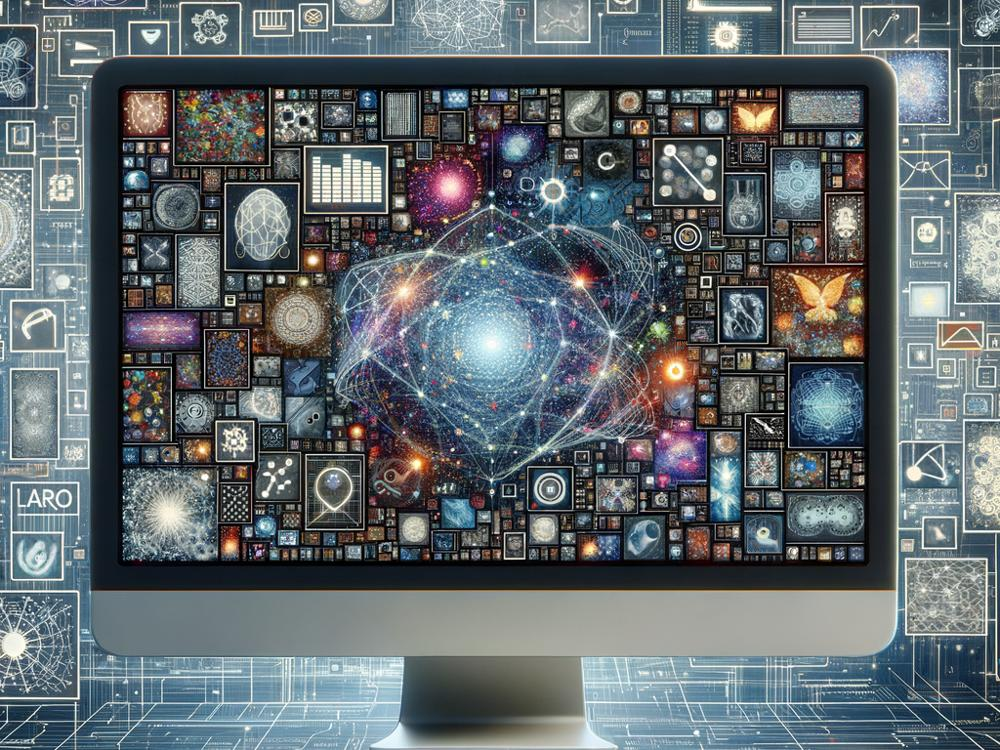Deep Learning for Image Recognition: A Comprehensive Guide
In today's digital era, where images and visuals dominate our communication, understanding and analyzing them has become crucial for numerous applications. From unlocking your phone using face ID to tagging friends in social media photos, image recognition technologies are becoming an integral part of our lives. At the core of these technologies lies a fascinating and powerful tool called deep learning. This guide aims to demystify deep learning for image recognition, breaking down the complex concepts into simple English for everyone to grasp.
What is Deep Learning?
Imagine teaching a toddler to differentiate between cats and dogs. You show them several pictures, pointing out the features like the shape of the ears or the size of the tail. Over time, the toddler learns to recognize these animals on their own. Deep learning works in a somewhat similar manner but on a much more complex scale.
Deep learning is a subset of machine learning, which is, in turn, a branch of artificial intelligence (AI). It involves feeding a computer system a lot of data (in this case, images) so that it can "learn" and make decisions or predictions based on that data. The "deep" in deep learning refers to the layers of processing involved, allowing these systems to identify intricate patterns in the data.
How Does Deep Learning Power Image Recognition?
The secret sauce of deep learning for image recognition is something called a neural network, particularly a type known as a Convolutional Neural Network (CNN). Neurons in our brain connect and communicate to process information. Similarly, neural networks in computers are designed with interconnected nodes (mimicking neurons) that process and pass information through layers.
A CNN can take an input image, assign importance to various aspects/objects in the image, and differentiate one from the other. The pre-processing required in CNNs is much lower compared to other classification algorithms, allowing them to "see" and understand the content in images and videos in a highly sophisticated way.
Steps involved in Image Recognition with Deep Learning
-
Data Collection: The first step is gathering a large dataset of images. These images are inputted into the system for training. The quality and variety of this data significantly impact how well the system will perform.
-
Pre-processing the Data: Before feeding the images into the neural network, they often need to be resized, normalized, or augmented to make the learning process more efficient and effective.
-
Training the Model: This involves feeding the pre-processed images into the CNN. The network will learn to recognize patterns and features by adjusting its internal parameters whenever it makes a mistake. This training process requires a lot of computational power and can take from hours to days or even weeks.
-
Evaluation: After training, the model's performance is evaluated using a set of images it hasn't seen before. This step tests the model's ability to apply what it has learned to new data.
-
Fine-tuning: Based on the evaluation, further adjustments might be made to improve the model's accuracy and efficiency.
Applications of Deep Learning in Image Recognition
The applications of deep learning in image recognition are vast and expanding. Some of the prominent ones include:
- Facial Recognition: Used in security systems and to unlock smartphones.
- Medical Imaging: Helps in detecting diseases from scans like X-rays or MRIs.
- Self-driving Cars: Enable vehicles to recognize traffic signs, pedestrians, and other vehicles to navigate safely.
- Agriculture: Identifies pests or diseases in crops through drone-captured images.
Challenges and Considerations
While deep learning offers tremendous promise in image recognition, it's not without challenges. The need for substantial computational resources, vast amounts of training data, and the risk of biases within the data are significant concerns. Moreover, ensuring the privacy and security of the data, especially in sensitive applications like facial recognition, is of utmost importance.
Conclusion
Deep learning is transforming the field of image recognition, offering unprecedented accuracy and efficiency. While the underlying technology might seem daunting, understanding the basics—how it mimics our learning process, the role of neural networks, and the journey from data collection to model evaluation—can help demystify it. As we continue to advance, the potential applications of deep learning in image recognition will expand, touching new industries and aspects of our daily lives. However, moving forward responsibly, addressing the challenges, and ensuring ethical use will be key to harnessing the full potential of this remarkable technology.

